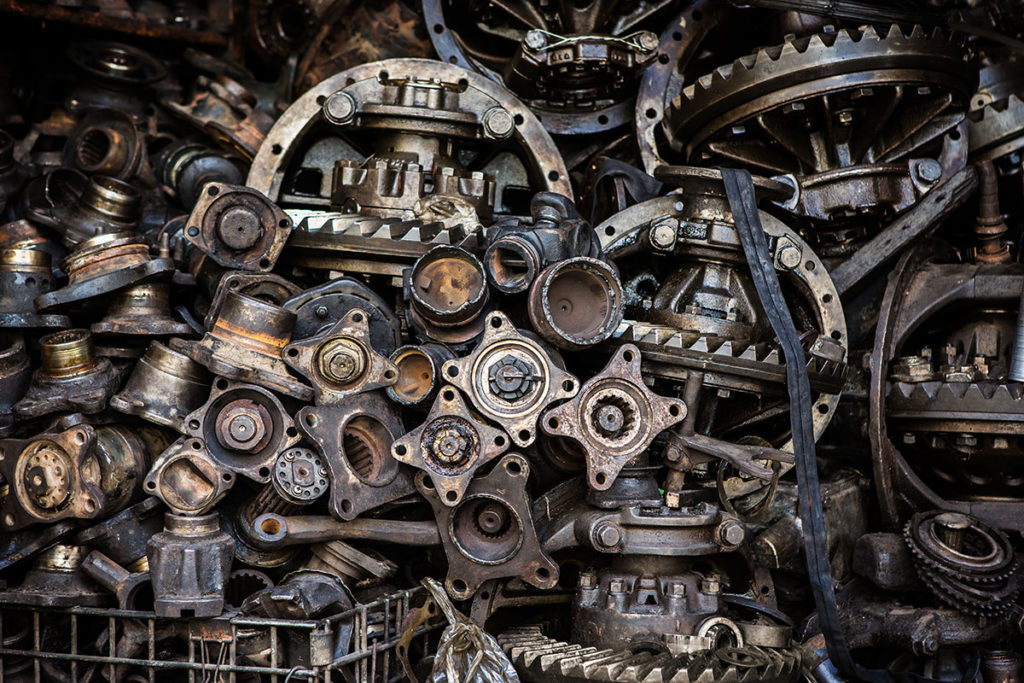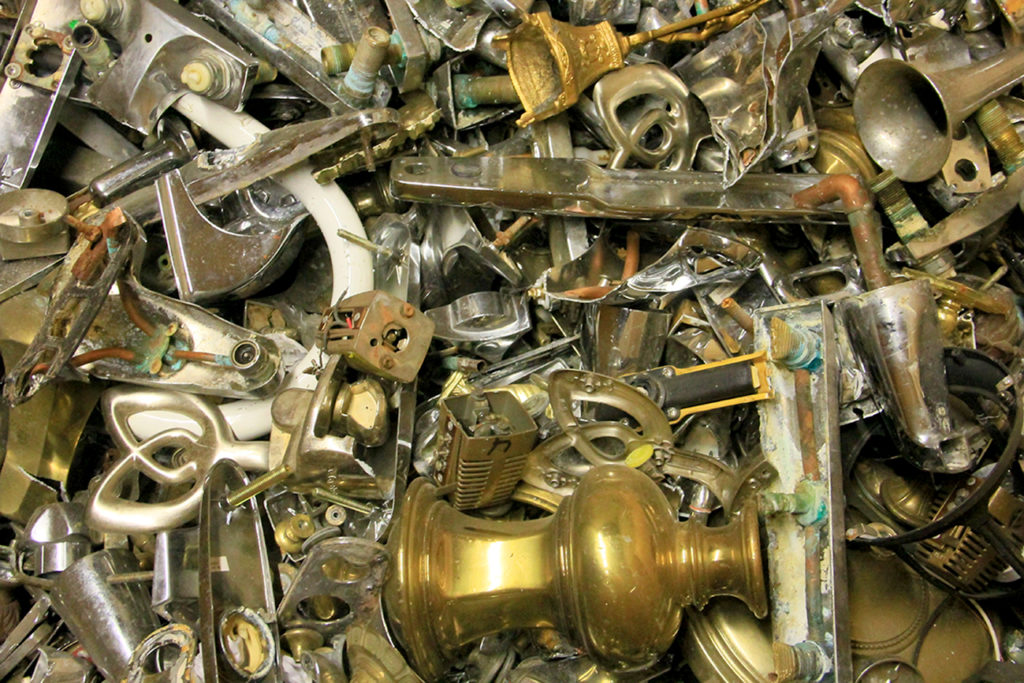

Lead is a shiny, malleable metal that is resistant to corroding. It’s one of the most recycled materials in the world. Lead, like many other scrap metals, is recycled by heating, refining, and recasting it into new products. Unlike most scrap metals, however, lead can be recycled infinitely without losing quality.
Learn how we make it easy for enterprises, businesses and homeowners to recycle their scrap lead.
With recycled lead, we can create radiation shielding for X-rays, soundproofing for music studios and infrared imaging for police and military uses. Recyclable lead usually comes from (and also becomes) lead-acid car batteries – the most recycled consumer product in the world.
When lead batteries are broken down, nearly every part is turned into a new product. The battery casing, made up of plastic, becomes car bumpers or new battery casings. The sulphuric acid is treated with a chemical mixture of limestone and water to produce gypsum, a mineral used for drywall, fertilizer and even tennis courts.
Recycling lead helps the environment by reducing the demand on raw materials mined from the earth, thereby reducing carbon emissions. Recycled lead-acid batteries are a prime example of sustainable material consumption and production.

